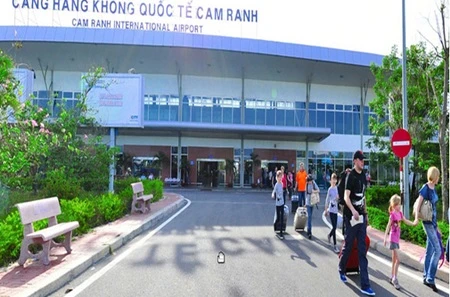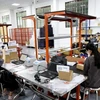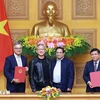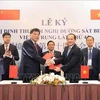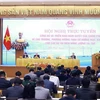Hanoi (VNA) – The Ministry of Transport (MoT) held a press briefing on April 6 to clear up some questions around the granting of an aviation transport business licence for Vietstar Airlines Multirole Corporation (Vietstar Airlines) to operate as a passenger carrier.
Regarding reports that the company is said to lacks an additional 47.3 billion VND ( 2.1 million USD) to reach the minimum capitalization of 700 billion VND required for an airline, as per government Decree 30 issued in 2013, the ministry said the company’s audited financial report to December 31, 2015 showed owner’s capital has reached 700 billion VND. However, as all the capital has been invested in the company’s operation and it has yet to earn any revenue, it is running a profit deficit of 47.3 billion VND.
The ministry added that if the Prime Minister approves the licensing of Vietstar, the company will have six months to complete its papers.
Vietstar has committed to adding capital to meet the requirement if it receives the PM’s approval, the ministry said, stressing that the licence is only issued when the business fulfills all requirements stipulated in Decree 30.
Founded in 2010, Vietstar Airlines is owned by the Vietnam Air Defence and Airforce, under the Ministry of National Defence. The carrier was granted a general commercial aviation business licence in June 2011, providing air services for economic, social and tourism purposes, aircraft repair and maintenance and airport service.
The MoT highlighted that a new airline will contribute to competitiveness in the sector, providing more air transport choices for passengers, as well as bolstering socio-economic and tourism development in localities around the country.
Vietnam’s air market is forecast to see a rise of 19 percent, to 45 million passengers this year, with the domestic sector accounting for more than 58 percent.
Statistics of the Civil Aviation Authority of Vietnam (CAAV) show that the country currently has eight airlines, including Vietnam Airlines, Jetstar Pacific Airlines, Vietnam Air Services Company (VASCO), VietJet Air, Blue Sky Travel, Event Company Ltd, Hai Au Airline JSC, and Green Planet Technology JSC.-VNA

